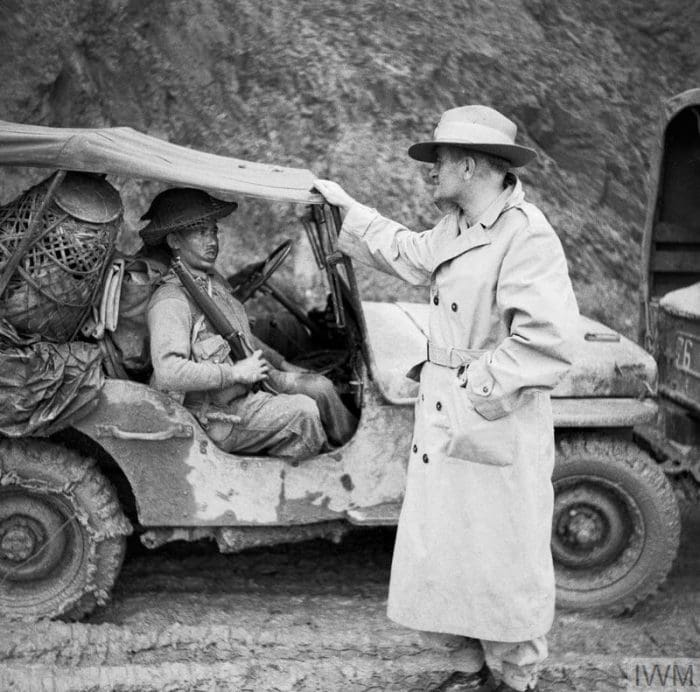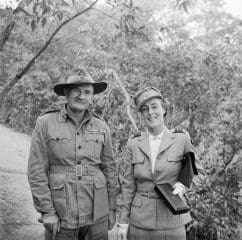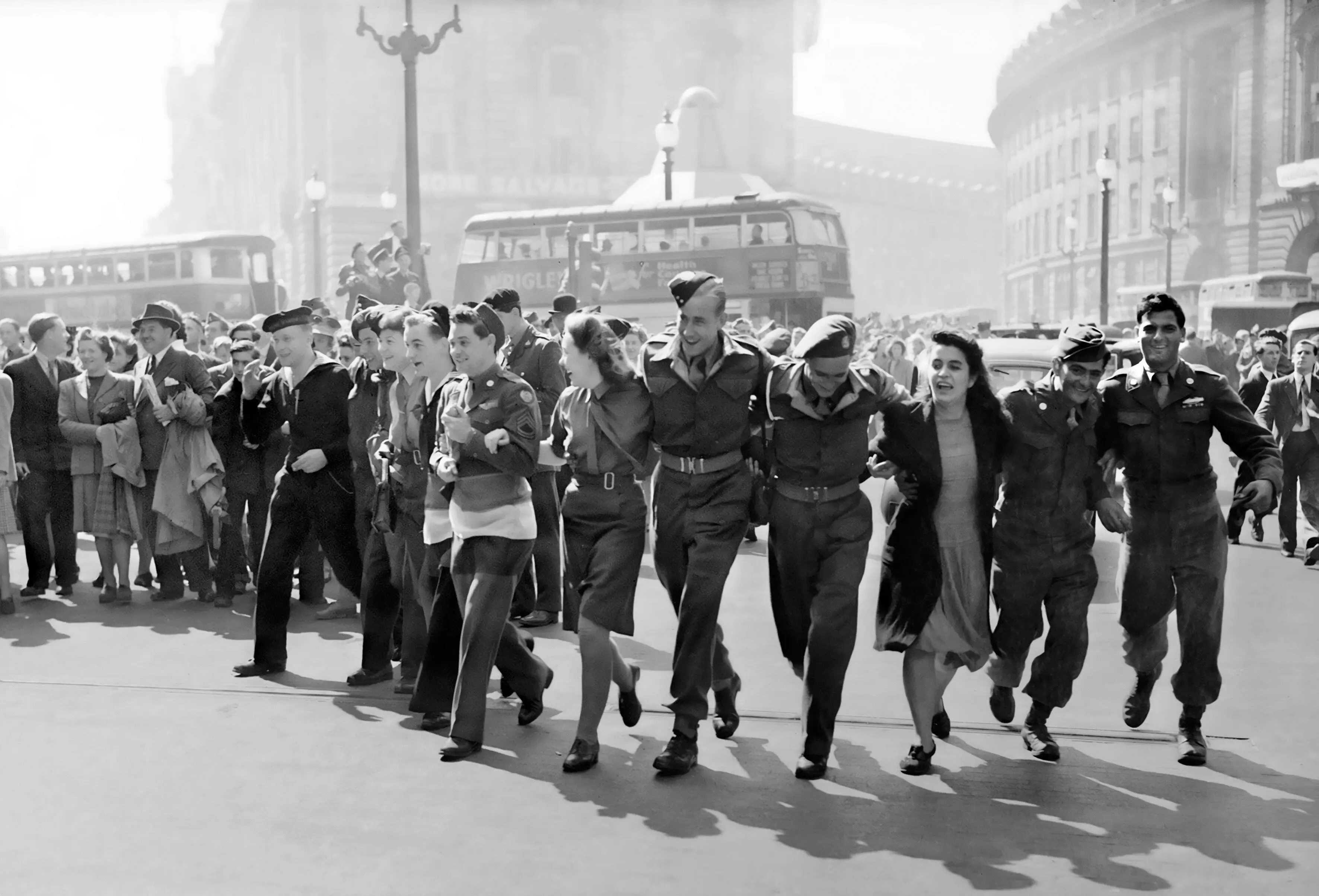Commanded by General William “Bill” Slim, the Fourteenth Army was legendary; a million men under arms drawn from across the Commonwealth.
It is sometimes referred to as the “Forgotten Army” because its operations in the Burma Campaign were overlooked by the contemporary press and remained so for many years after the war.
Beginnings, 1941-1942
 In 1941, Britain was an imperial power with colonies stretching across Asia. In December 1941, Japan attacked British territories in Hong Kong, Malaya, Singapore and Burma.
In 1941, Britain was an imperial power with colonies stretching across Asia. In December 1941, Japan attacked British territories in Hong Kong, Malaya, Singapore and Burma.
Thousands of Allied servicemen became prisoners of the Japanese and were subject to violence and callous neglect. From 1942, prisoners were forced to build the Burma-Thailand Railway, known as the ‘Death Railway’ for the thousands who died labouring to construct it.
Creating the Fourteenth Army, 1943

Formed in 1943 under General Slim, the Fourteenth Army included troops from all corners of the Commonwealth, including Britain, India, Africa and Burma. By 1945, it was the largest army in the world with around one million men under command.
There were many units and formations, but the majority came from the British Indian Army, which was the largest all-volunteer army in history. Thousands of Gurkhas served with the Fourteenth Army and Nepal, though itself not part of the British Empire, placed its Armed Forces at the service of the British Crown.

Battles of Kohima and Imphal, 1944

Reorganised under General Slim’s dynamic leadership, the Fourteenth Army overcame national differences and linguistic barriers to bond as a cohesive and effective fighting force, capable of operating in harsh climes and unforgiving terrain. Slim emphasised the need for jungle warfare training and the use of more aggressive tactics.
In 1944, the Allies began a tentative advance into north-east India. The Fourteenth Army’s decisive defeat of Japanese forces at Kohima and Imphal would prove the turning point in the Burma Campaign; providing the springboard for its subsequent recapture of Burma.

Victory in Burma, 1945

Britain now planned a new offensive to clear the Japanese from northern Burma and drive them south. The Fourteenth Army battled through heavy monsoon rains to cross the River Chindwin, taking Akyab and bridging the Irrawaddy River in February 1945.
Meiktila and Mandalay fell to the British in March. It was a decisive victory, won through the nerve and endurance of the troops and the superb leadership of General Slim.
Japanese surrender, 1945
After the fall of Rangoon, the Fourteenth Army began plans to recapture Malaya and Singapore. Then, on 6th August 1945, the Japanese city of Hiroshima was struck by an atomic bomb. Following the bombing of Nagasaki, Japan surrendered to the Allies, effectively ending World War Two. On 1st November 1945, the Fourteenth Army was renamed Malaya Command.

